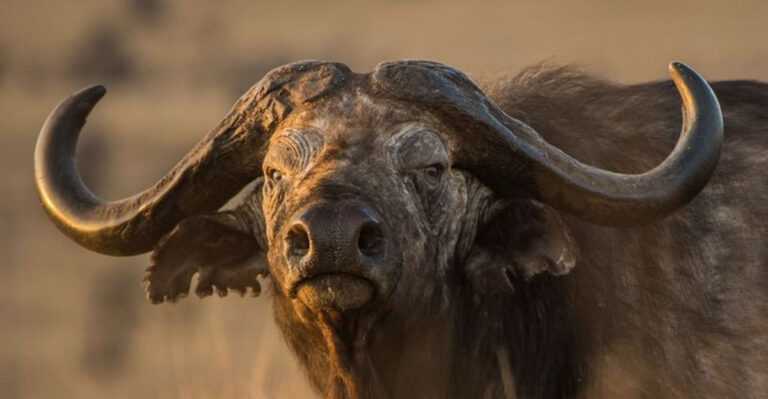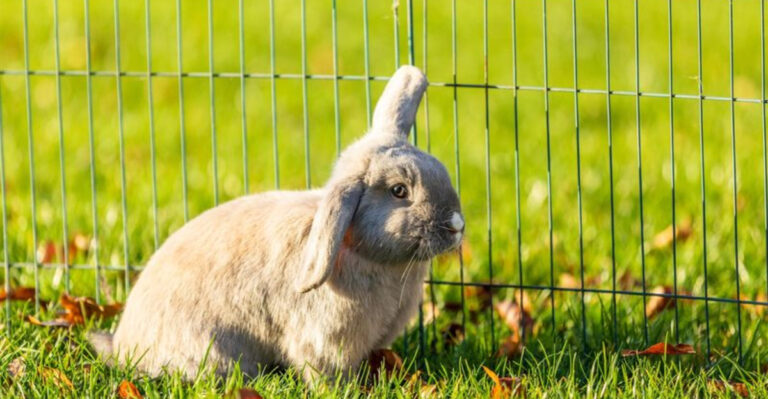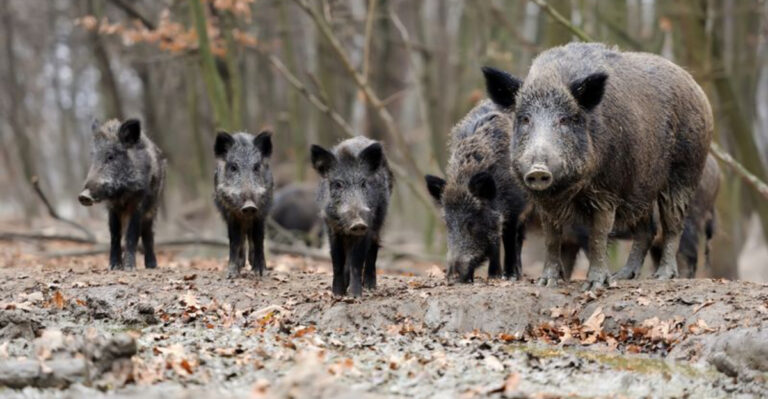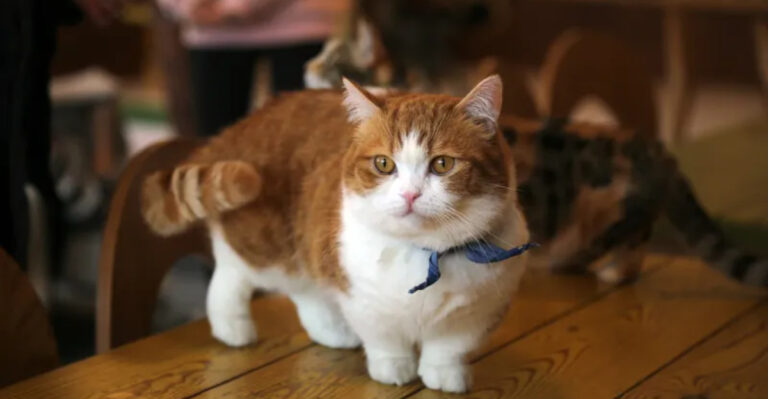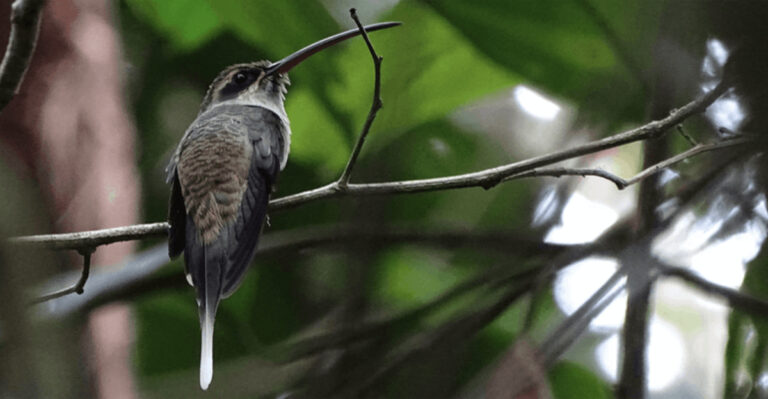14 Animals That Exist Thanks To Evolutionary Isolation
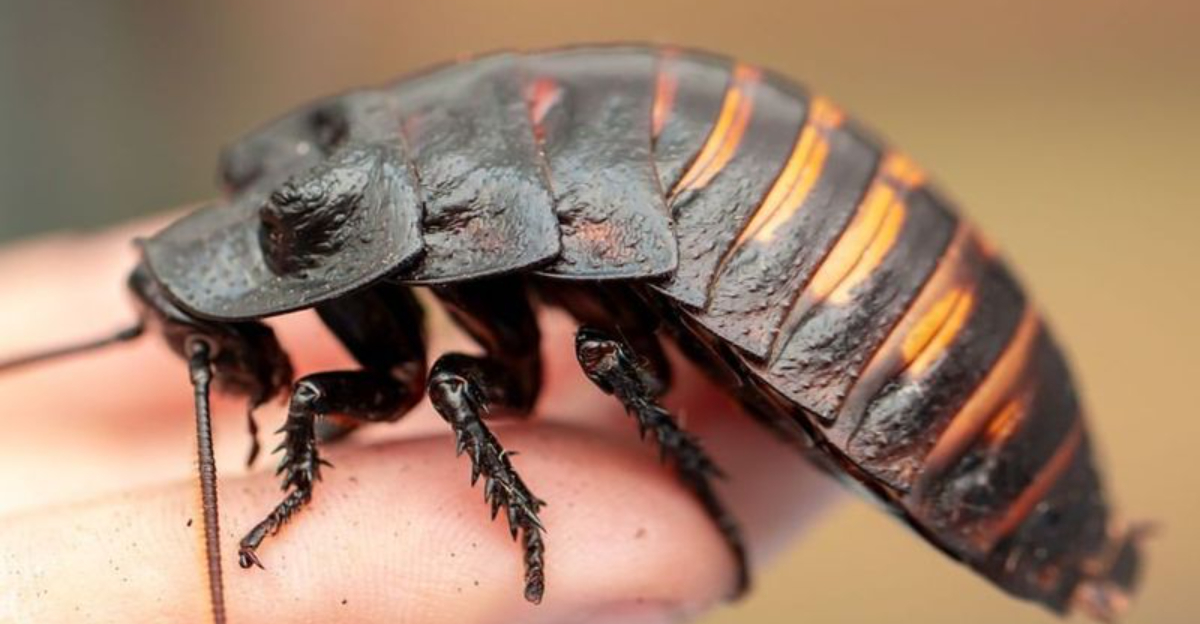
Evolutionary isolation has led to the development of some of the most unique and fascinating animals on our planet. But what do I mean by evolutionary isolation? Let me explain it real quick.
Evolutionary isolation occurs when a group of organisms becomes separated from the rest of their species, often due to physical barriers like mountains, rivers, or islands.
Over time, this separation prevents gene flow between the groups, leading to the development of unique traits and even new species as they adapt to their specific environments.
These animals have evolved in isolated environments, adapting in extraordinary ways to survive. Journey with us as we explore some incredible creatures that owe their existence to such isolation.
1. Marine Iguana
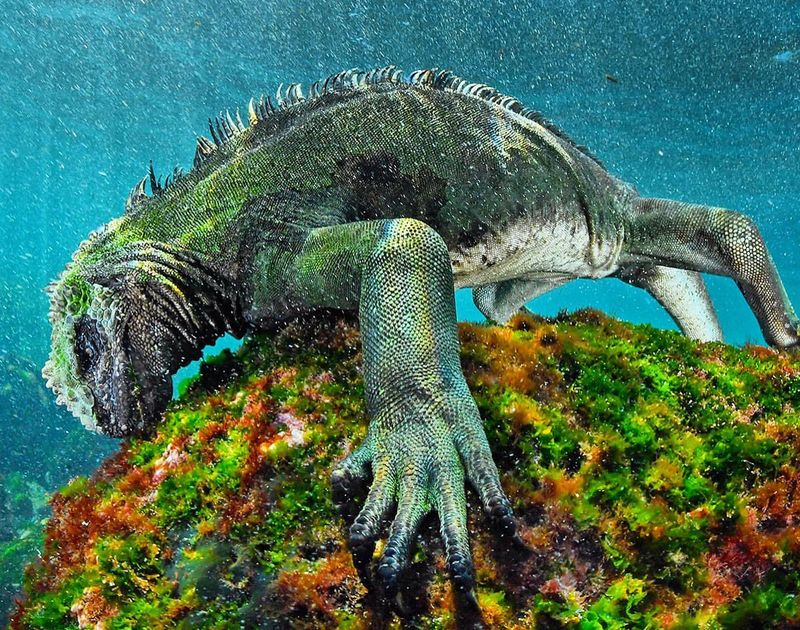
The Marine Iguana is an extraordinary reptile found exclusively on the Galápagos Islands. Unlike its land-dwelling relatives, this iguana has adapted to life in the ocean. It’s the only lizard known to forage in the sea, feeding primarily on marine algae.
Evolutionary isolation has equipped the Marine Iguana with special adaptations like flattened tails for swimming and salt glands to expel seawater. They can dive over 30 feet to graze on algae beds, withstanding cold ocean temperatures.
The dark coloration of their skin helps absorb heat after returning to land. These iguanas play a crucial role in their environment by controlling algae growth. However, they face threats from climate change and introduced predators.
Conservationists work tirelessly to protect their habitats. The Marine Iguana is a striking example of how isolation can lead to unique evolutionary traits, highlighting the importance of preserving such specialized creatures.
2. Komodo Dragon
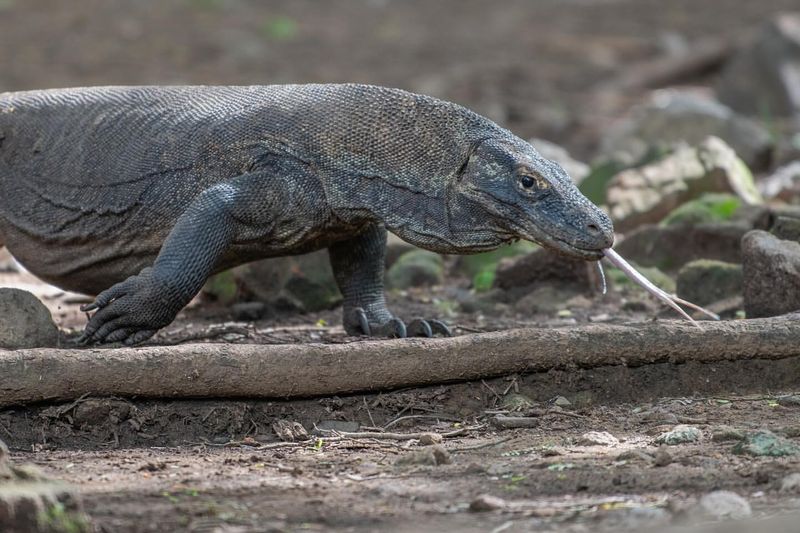
This giant lizard is native to a few Indonesian islands, like Komodo Island. These dragons can grow up to 10 feet long and weigh over 150 pounds.
Evolutionary isolation on these islands allowed them to become the dominant predators without any natural competition. Their saliva contains toxic bacteria, helping them incapacitate prey efficiently.
Adapted to the hot, dry climate of their home, Komodo dragons have learned to survive with little water. They are carnivorous and can eat large animals, including deer and water buffalo. Despite their size, they are quite stealthy hunters, using their strong sense of smell to track down meals.
This evolutionary marvel is a testament to nature’s ability to adapt and thrive under unique conditions. While they look fearsome, they are a crucial part of their ecosystem, balancing the populations of other animals in their habitat.
3. Kakapo
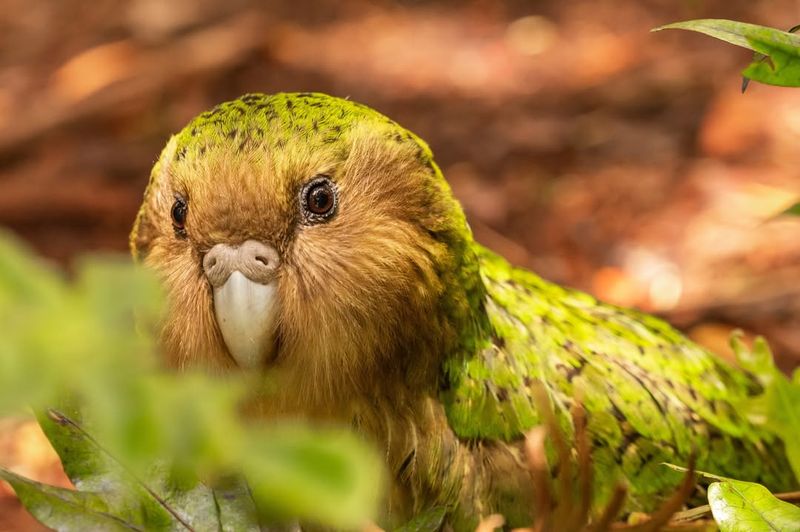
Also known as the ‘owl parrot,’ Kakapo is a flightless bird unique to New Zealand. With its mossy-green feathers and nocturnal habits, it blends seamlessly into its forest surroundings. Unfortunately, the Kakapo’s inability to fly makes it vulnerable to predators introduced to its environment.
The Kakapo’s large size, up to 9 pounds, and its unusually long lifespan, often over 90 years, are results of evolutionary isolation.
These birds are herbivorous, feeding primarily on seeds, fruits, and leaves. Their mating calls can travel long distances, a necessary adaptation for finding partners in their expansive habitats. Conservation efforts, including intensive breeding programs and predator-free sanctuaries, are underway to save the Kakapo from extinction.
This charming bird demonstrates how isolated environments can lead to fascinating evolutionary paths, though they also highlight the fragility of such species in a changing world.
4. Fossa
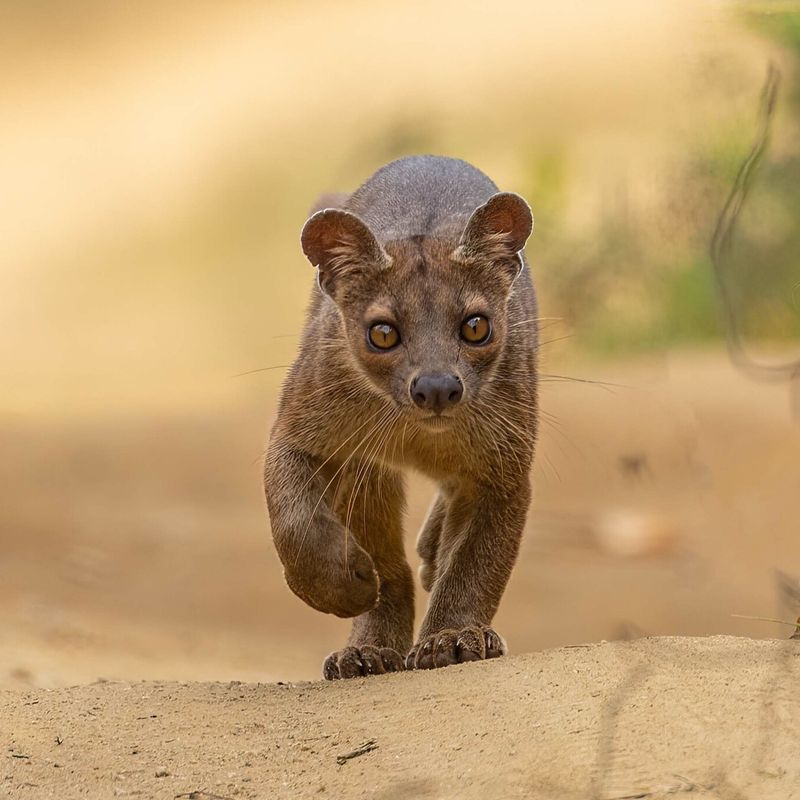
The Fossa is a top predator found only in Madagascar’s forests. This carnivorous mammal resembles a cross between a cat and a mongoose, boasting sharp claws and a long tail for balance. Evolving in isolation, the Fossa has become the primary hunter of lemurs, its favorite prey.
With excellent climbing abilities, the Fossa navigates trees with agility, hunting both day and night. Its flexible ankle joints and retractable claws aid in capturing prey in the dense canopy.
Despite its dominance, the Fossa faces threats from habitat destruction and hunting, impacting its population. The Fossa’s role in controlling prey populations makes it a keystone species in Madagascar’s ecosystem.
Conservation efforts focus on preserving its natural habitat and educating locals about its ecological importance. This unique predator exemplifies how isolation can shape remarkable adaptations, serving as a reminder of the delicate balance within ecosystems.
5. Tasmanian Devil
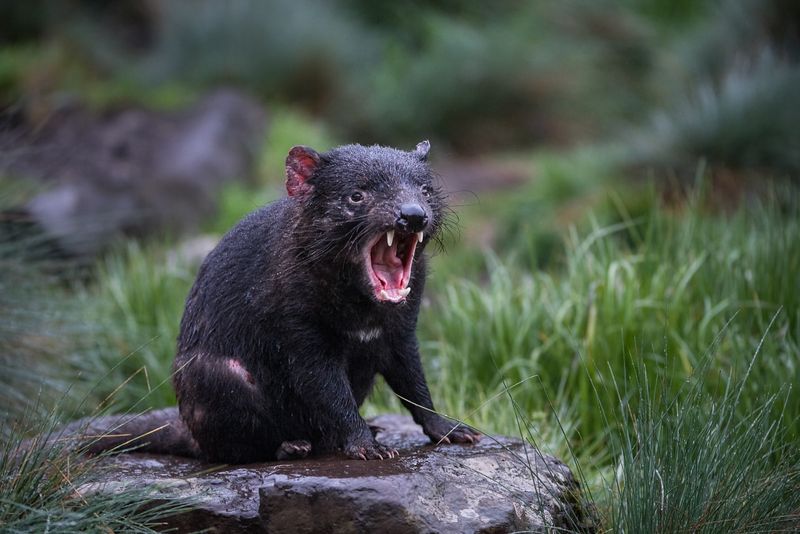
The Tasmanian Devil is a small, fierce carnivorous marsupial native to Tasmania, an island off Australia’s coast. Known for its loud screeches and powerful bite, it has adapted to be an efficient scavenger. Its strong jaws can crush bones, allowing it to consume carcasses entirely.
Isolated from mainland predators, the Tasmanian Devil evolved unique behaviors, including communal feeding and nocturnal activity, reducing competition. However, they face threats from a contagious facial tumor disease, drastically reducing their numbers.
Conservationists are working on breeding programs and disease research to save this species. The Tasmanian Devil plays a vital role in Tasmania’s ecosystem by keeping populations of other animals in check and cleaning up carrion.
Its story reminds us of the challenges faced by isolated species and the efforts needed to ensure their survival in a rapidly changing world.
6. Madagascar Hissing Cockroach
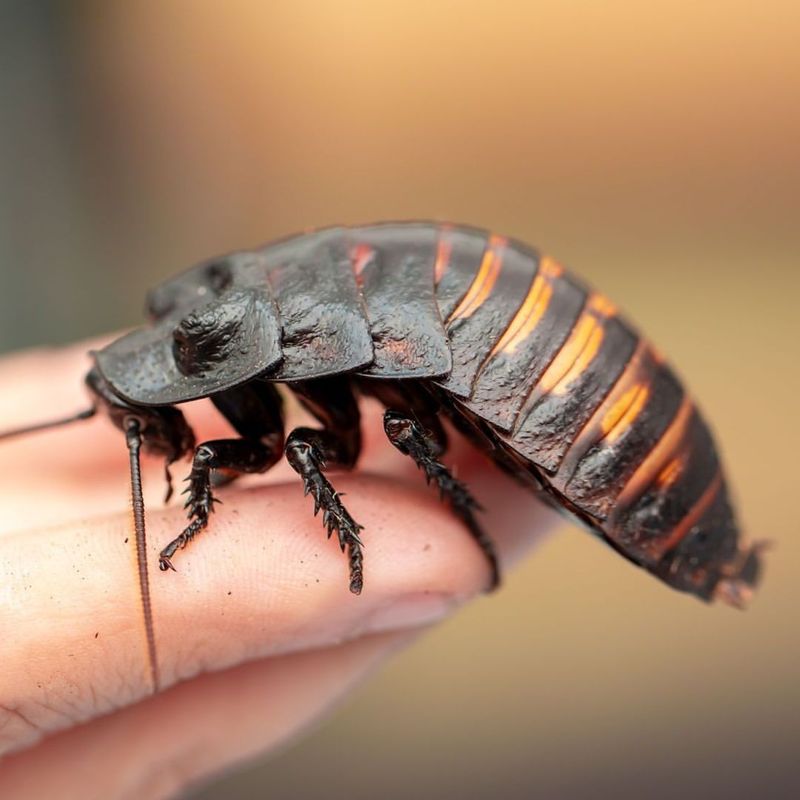
Say hello to the one animal, I’m happy lives far away from us, LOL! The Madagascar Hissing Cockroach is one of the few insects to evolve unique traits due to isolation.
Native to Madagascar, this large cockroach is famous for the hissing sounds it produces, a feature used in communication and defense. Unlike typical cockroaches, they are wingless and rely on their robust bodies to navigate leaf litter and underbrush.
Their hiss, created by expelling air through spiracles, helps deter predators and facilitate mating rituals. These cockroaches are herbivores, feeding on decaying plant material, playing a crucial role in recycling nutrients in their ecosystem.
Kept as pets worldwide, Madagascar Hissing Cockroaches offer insights into the diverse adaptations possible due to isolation.
They remind us of the intricate relationships within ecosystems and the importance of conserving unique species. These cockroaches highlight how even the smallest creatures can develop fascinating characteristics through evolutionary isolation.
7. Aye-Aye
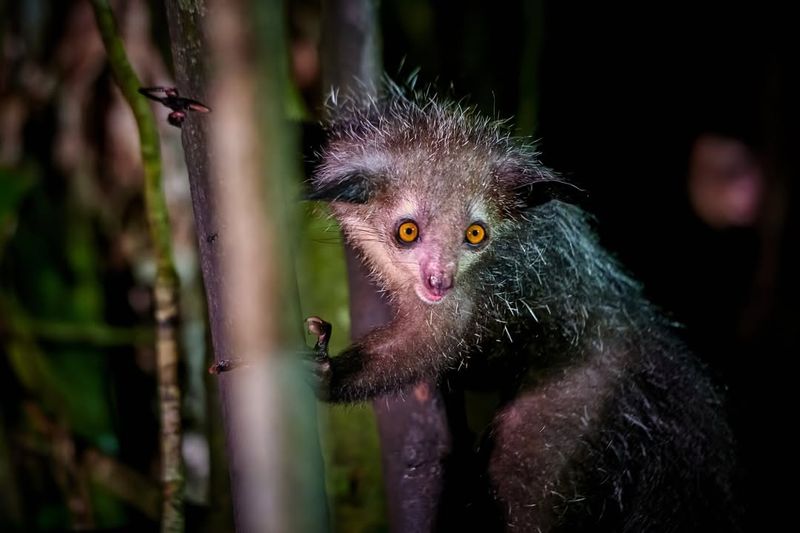
The Aye-Aye is a unique lemur native to Madagascar, an island rich in biodiversity. This nocturnal primate is known for its distinctive features, including large eyes, continuously growing incisors, and a long, thin middle finger.
These adaptations make it a specialist in hunting grubs within trees. It taps on tree trunks to locate hollow areas, then uses its sharp teeth to gnaw holes and its elongated finger to fish out insects. This peculiar feeding technique is similar to woodpecker birds.
The Aye-Aye’s alarming appearance, however, has led to superstitious beliefs among locals, sometimes resulting in harmful actions against them.
Despite its odd looks, the Aye-Aye plays a critical role in its ecosystem by controlling insect populations and aiding in seed dispersal. Conservationists are working to protect its habitat and educate communities about the importance of this remarkable creature, keeping its unique evolutionary traits alive.
8. Island Fox
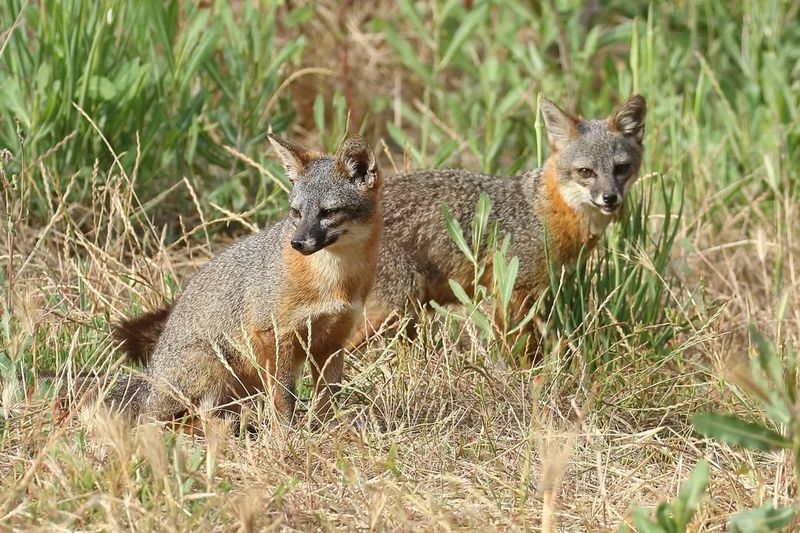
This adorable creature is a small fox species native to California’s Channel Islands. Evolving from the mainland gray fox, isolation led to its smaller size and unique adaptations. Each island has its subspecies, reflecting the different environments across the islands.
These foxes have become adept at surviving on limited resources, feeding on insects, fruits, and small animals. Their curious nature and lack of fear towards humans once made them vulnerable to introduced predators and diseases.
Conservation efforts, including captive breeding and vaccination programs, have successfully helped their populations recover.
The Island Fox’s story is a testament to how isolation can lead to distinct evolutionary paths and how human intervention can both harm and help nature. Their recovery highlights the resilience of isolated species when supported by dedicated conservation initiatives.
9. Quokka
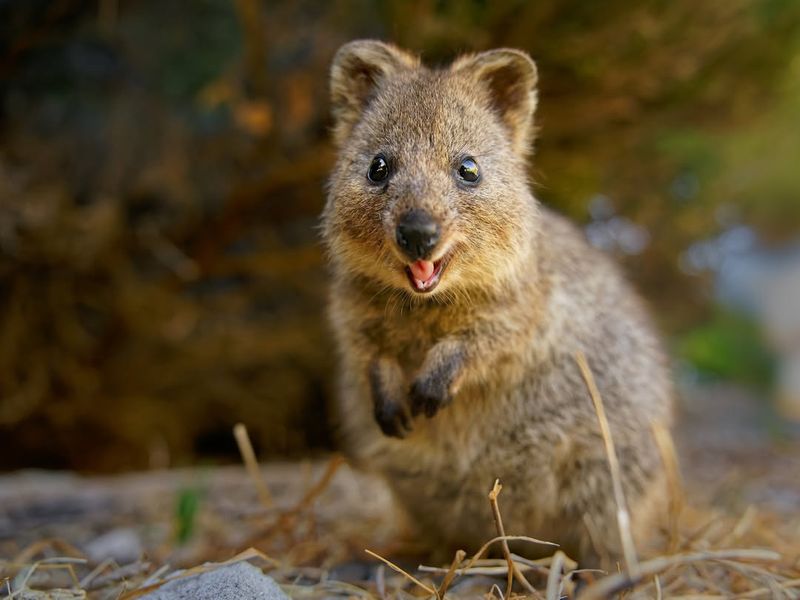
The Quokka, often dubbed the ‘world’s happiest animal,’ is a small marsupial found on Rottnest Island off Australia’s coast.
Its friendly appearance and approachable nature have made it a social media favorite. Evolving in isolation, Quokkas are well adapted to their island environment. These herbivorous animals feed on grasses and leaves, capable of surviving with little water.
Their population thrives in the absence of natural predators, thanks to the island’s isolation. However, human interaction and habitat changes pose new challenges. Efforts to manage tourism and preserve their habitat are essential to protect Quokkas.
Their smiling faces and unique adaptations remind us of the wonders of evolutionary isolation and the responsibility to safeguard such species. Quokkas exemplify how isolation can lead to both endearing and robust survival traits.
10. Lemur
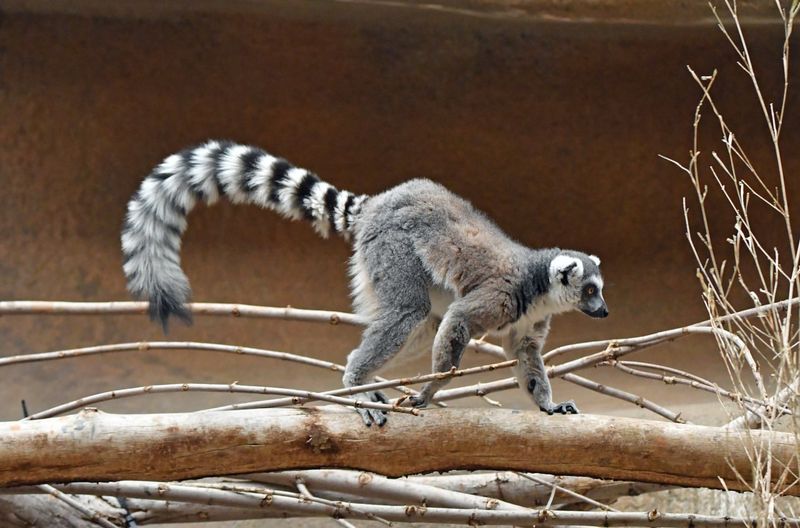
One of the most famous cartoon animals, King Julian! Lemurs are primates found only in Madagascar, showcasing a variety of species each adapted to different niches. They evolved in isolation after Madagascar separated from the African continent.
This isolation led to diverse adaptations, from the ring-tailed lemur’s social structures to the tiny mouse lemur’s nocturnal habits.
These creatures play essential roles in their ecosystems, aiding in seed dispersal and pollination. Unfortunately, deforestation and hunting threaten many lemur species. Conservation programs focus on habitat preservation and community engagement to ensure their survival.
Lemurs highlight the extraordinary results of evolutionary isolation, offering insights into primate evolution and biodiversity. Their survival stories emphasize the urgent need for conservation efforts in Madagascar, showcasing the delicate balance in ecosystems shaped by isolation.
11. Bali Starling
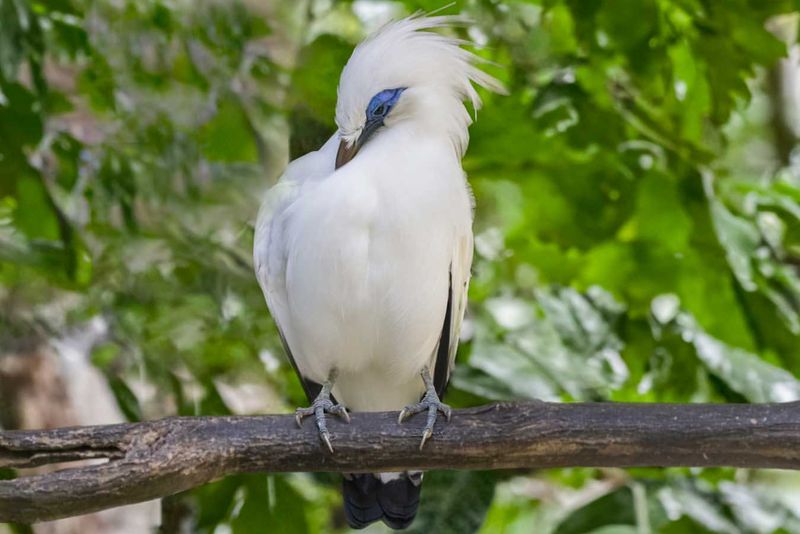
The Bali Starling, also known as the Bali Myna, is a critically endangered bird native to the Indonesian island of Bali. Known for its beautiful white feathers and blue eye rings, this bird has become a symbol of Bali’s unique biodiversity.
Isolation on the island led to its striking appearance, but also made the Bali Starling vulnerable to habitat loss and poaching. Conservationists have established breeding programs and protective areas to help increase their numbers, and their efforts have shown positive results.
The Bali Starling’s plight underscores the risks faced by island species, where unique beauty often attracts unwanted attention. It highlights the importance of conservation and sustainable tourism practices to preserve such rare species.
The Bali Starling stands as a testament to both the wonders and perils of evolutionary isolation.
12. Seychelles Giant Tortoise
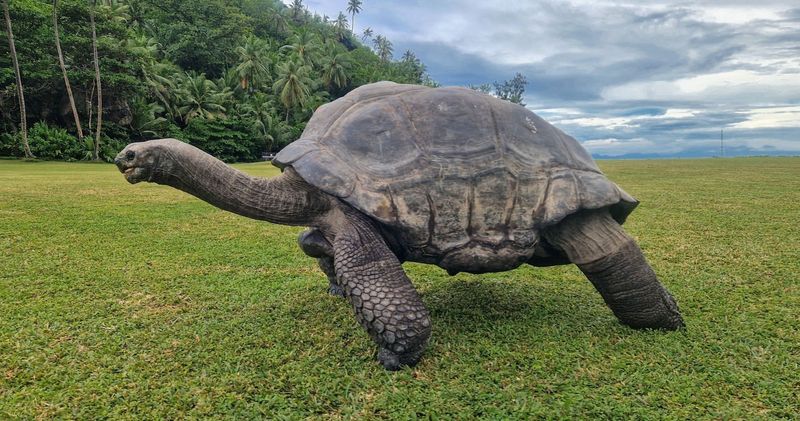
The Seychelles Giant Tortoise is an impressive reptile native to the Aldabra Atoll in the Indian Ocean. Evolving in isolation, these tortoises have become some of the largest in the world, with some individuals weighing over 500 pounds.
Their herbivorous diet consists of grasses, leaves, and fruits, and they play a vital role in seed dispersal. The tortoises’ thick shells and slow metabolism enable them to survive in the harsh island environment.
Despite their adaptations, they face threats from habitat destruction and climate change. Conservation programs aim to protect their habitats and monitor populations to ensure their continued existence.
The Seychelles Giant Tortoise serves as a symbol of the unique biodiversity that can arise from evolutionary isolation, showcasing the grandeur and complexity of life on isolated islands.
13. Narwhal
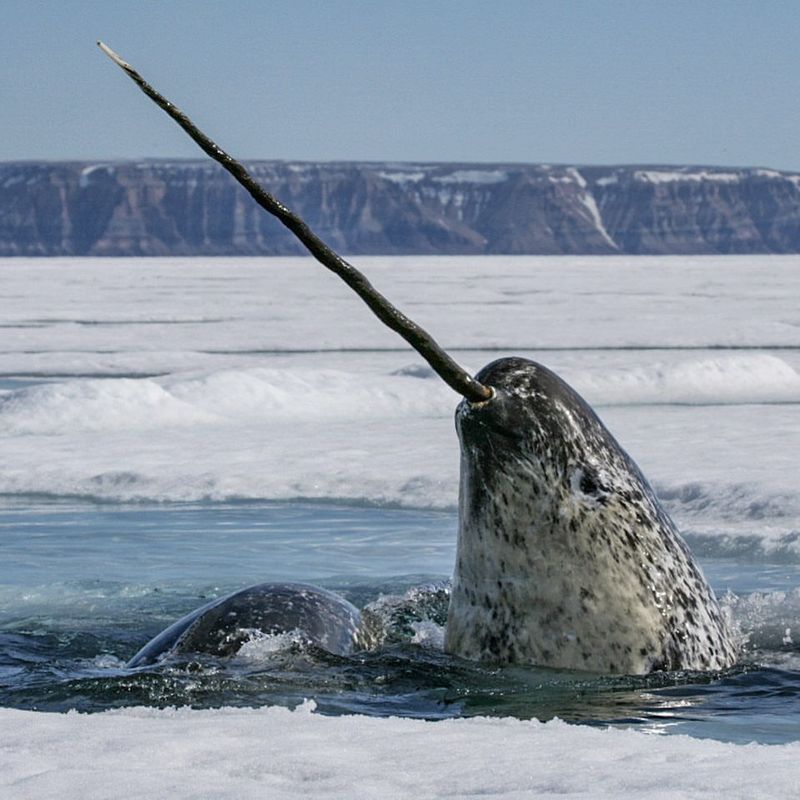
Who said unicorns aren’t real? The Narwhal, often called the ‘unicorn of the sea,’ is a remarkable whale species found in the Arctic waters.
Known for its long, helical tusk, this adaptation is believed to play roles in mating displays and environmental sensing. Evolving in the frigid isolation of the Arctic, Narwhals have developed thick blubber layers to endure the cold.
They feed on fish, squid, and shrimp, diving deep into icy waters to hunt. Their social structure and communication are adapted to the challenging Arctic environment. However, climate change poses significant threats, altering their habitat and impacting food availability.
Narwhals are a fascinating example of how isolation can lead to unique evolutionary features. Their tusks have intrigued humans for centuries, symbolizing the mysterious and the magical.
Protecting their icy habitats is crucial for their survival and highlights the broader impacts of environmental change on isolated species.
14. Galápagos Tortoise
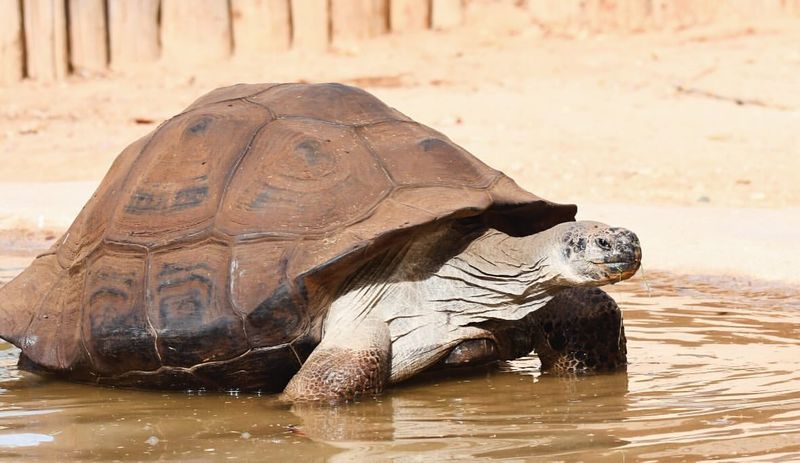
The Galápagos tortoise is an iconic symbol of evolutionary isolation. Only found on the Galápagos Islands, these tortoises have evolved into several subspecies, each adapted to its island’s environment. They are among the largest tortoises in the world, with some weighing as much as 900 pounds.
The tortoises’ long lifespans often exceed 100 years, allowing them to witness many generations of changes in their ecosystem.
Their diet mainly consists of grasses, fruits, and cactus pads, which are abundant in their habitat. Their physical adaptations, like the shape of their shells, are specific to the vegetation available on their respective islands.
These gentle giants have played a significant role in understanding evolution, thanks to Charles Darwin’s studies. Conservation efforts are crucial to protect these creatures, as they face threats from invasive species and habitat loss, making them a symbol for conservation worldwide.

